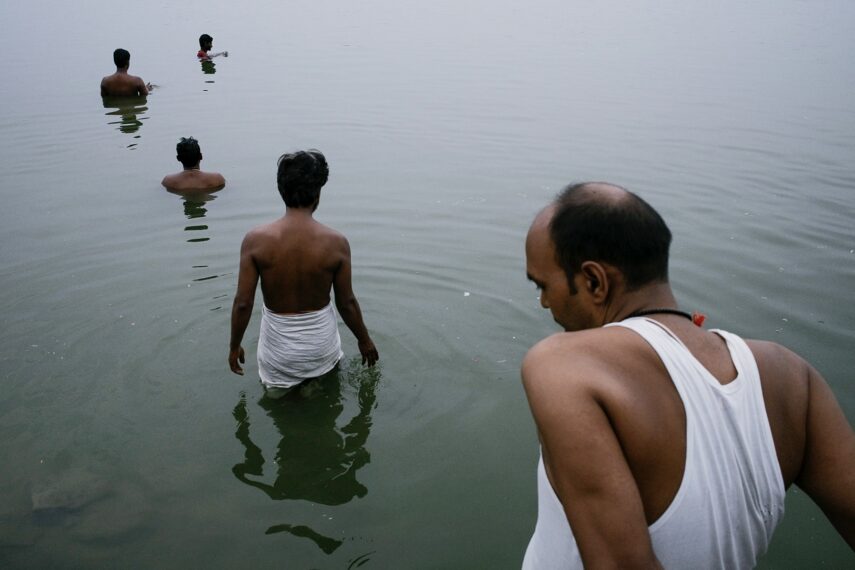Why modern Street Photography feels repetitive and how to reclaim authenticity
When Street Photography Stopped Breathing for Itself
Street photography was never meant to be tidy. It was messy, alive, and stubbornly indifferent to whether anyone approved of it or not. The beauty of the genre rested in its imperfections, in the “blink and you miss it” moments that said something profound about humanity without ever raising their hand for attention. Early street photographers thrived on that raw honesty. You walked out with your camera not knowing what you’d find. The streets rewarded curiosity, not calculation.
Fast forward to today, and scroll through Instagram for five minutes, you’ll notice something strange. The pictures start to blur together. Sometimes I wonder if I am just looking at one person’s feed over and over again. The color pallette, the shadows, the hand movements, all look suspiciously identical. Even the compositions feel rehearsed, as if every city in the world suddenly staged itself for a social media audition. The unpredictability of the street seems to have been replaced by a checklist of trending aesthetics.
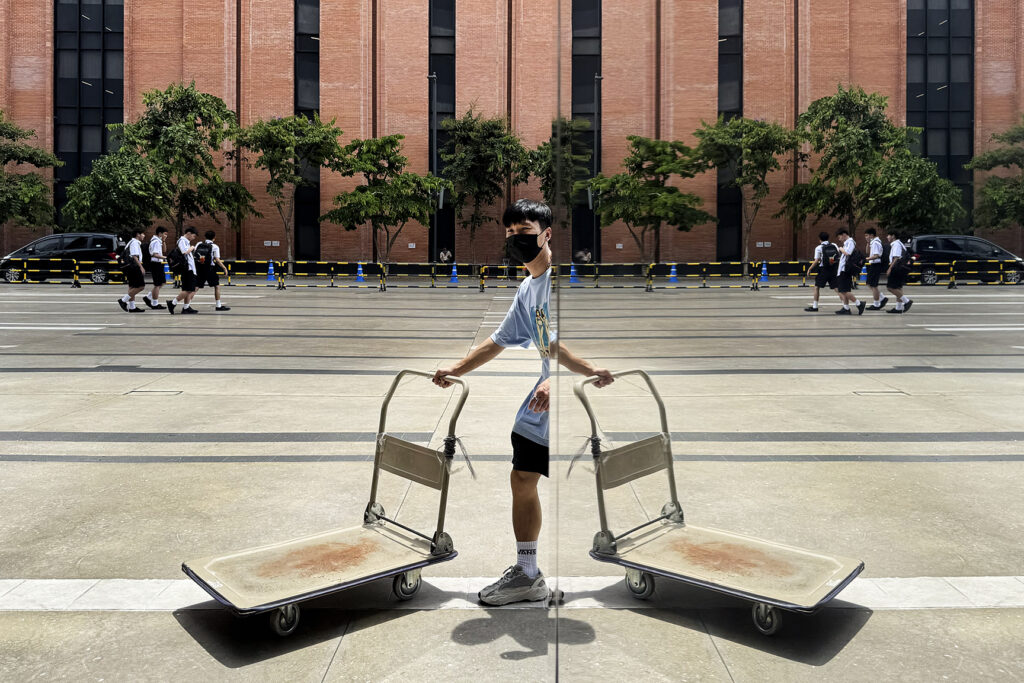
Why everything looks the same
The culprit is not just individual photographers but the ecosystem we all now inhabit. Algorithms, like invisible curators, reward certain looks and tones. One photo goes viral, and suddenly thousands more imitate it’s recipe. What was once one person’s honest observation becomes the blueprint for countless copycats.
In workshops, I’ve had students confess that they don’t shoot what excites them anymore. They shoot what “works.” While visiting a new place, a lot of research is done and they already know the kinds of images that will perform well online. These images are not inherently bad, but their repetition has drained them of surprise. The problem is not the technique, it’s the intention. When your eye is trained more by an algorithm than by your own curiosity, you’re no longer seeing the world, you’re just seeing what has already been rewarded.
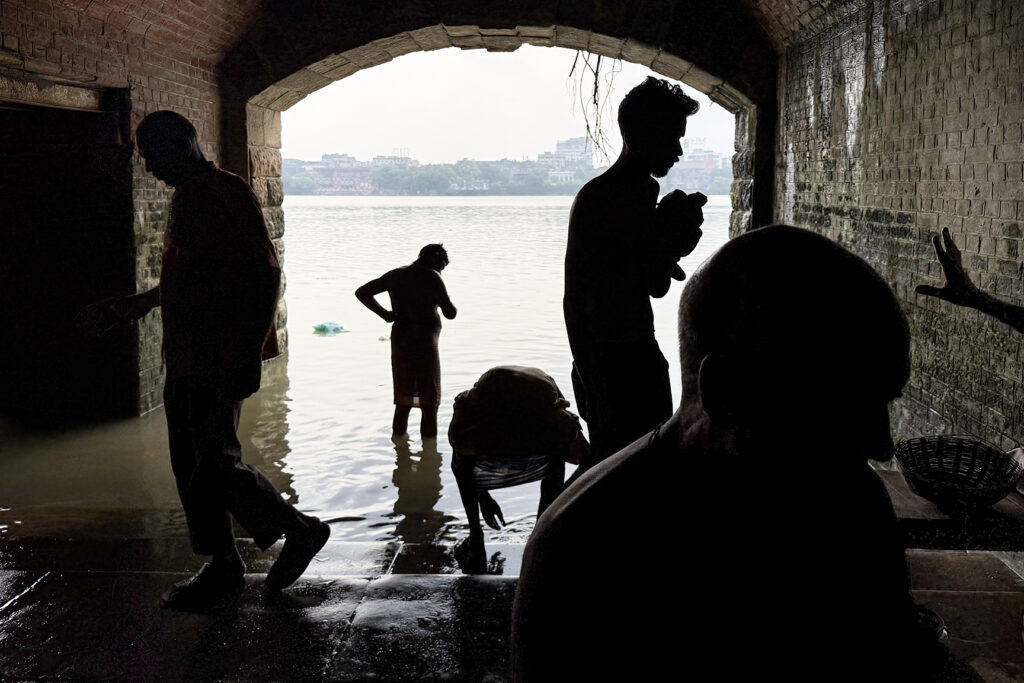
The erosion of authenticity
What does this sameness cost us? For one, it flattens the diversity of voices in photography. Street photography once thrived on individuality, Daido Moriyama’s grainy chaos looked nothing like Henri Cartier-Bresson’s elegant geometry, which in turn looked nothing like Garry Winogrand’s energy. Each photographer brought their own neurosis, humour, and philosophy to the streets. You could sense the human behind the lens.
Now, it’s often hard to tell who made what. Images are increasingly interchangeable, like mass produced souvenirs instead of deeply personal testaments. This erosion of authenticity also distances viewers from the original purpose of street photography, to confront us with unfiltered slices of life. Instead, we get filtered slices designed to rack up likes.
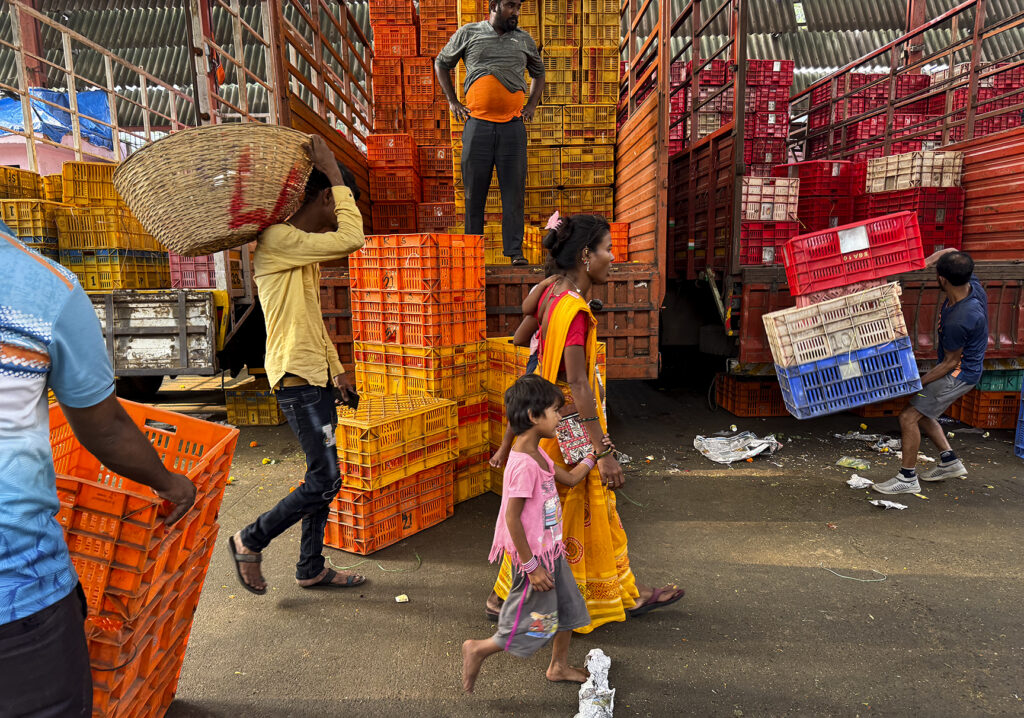
Why we chase approval
Of course, it’s tempting to blame the younger generation or social media, but the truth is more uncomfortable. We all crave validation. Street photography, however, was once an act of defiance against that craving. You weren’t supposed to shoot for applause. You shot because you couldn’t not shoot. When the metric for success shifts from personal truth to public approval, the work inevitably changes. It becomes safer, shinier, emptier.
Reclaiming authenticity
So where do we go from here? The answer isn’t to abandon platforms or sneer at anyone chasing likes. The answer is to reclaim intention. Ask yourself: Who am I photographing for? If your only honest reply is “the algorithm,” then your images will always serve someone else’s appetite, never your own.
One exercise I give my students is brutally simple, take a month and shoot without posting anything. No posting, no stories, no reels. Just walk and shoot for yourself. See what changes. Inevitably, their images shift. They notice smaller things. They experiment. They stop chasing the “banger” shot and start listening to the street again.
Another way is to study photographers who never cared for trends. Look at Vivian Maier, who shot thousands of rolls without ever seeking an audience. Her work is messy, inconsistent, but full of strange beauty because it was honest. Think of Moriyama, whose blurred, grainy frames were once considered failures but are now celebrated as visionary. They weren’t trying to be famous; they were trying to see.
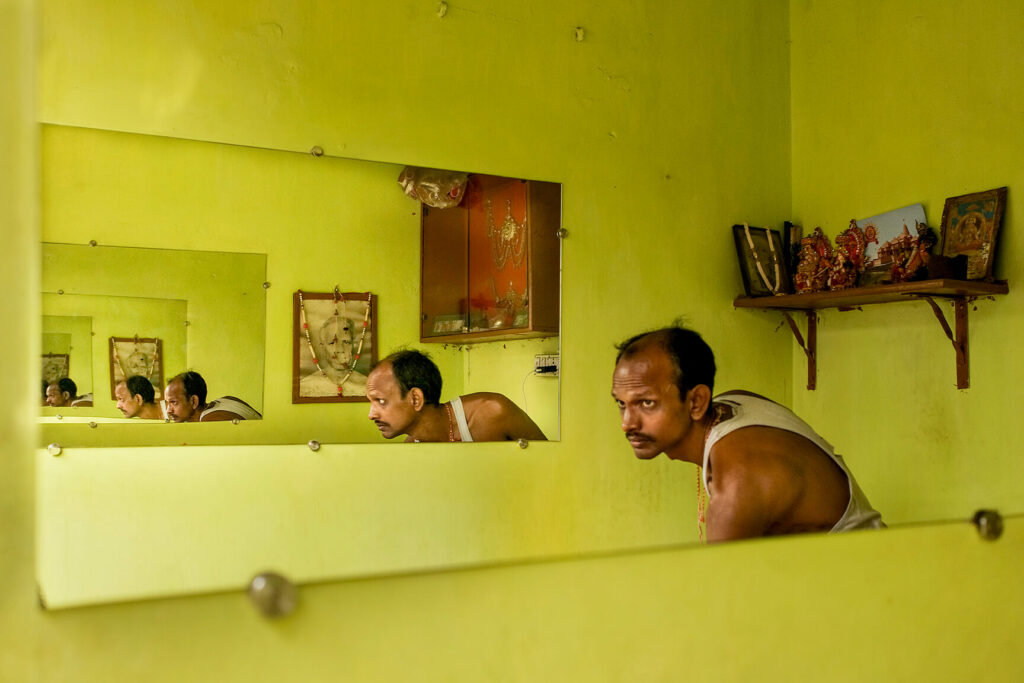
A hopeful note
Street photography doesn’t have to suffocate under the weight of sameness. The streets are still alive, still chaotic, still offering moments that no algorithm can predict. Authenticity is not dead, and the good news is that authenticity doesn’t require permission. It simply requires attention.
The next time you step out with your camera, don’t ask yourself what will look good on a screen. Ask yourself what stops you in your tracks, what stirs you, what makes you feel less like a spectator and more like a participant in the great theater of life. Photograph that. Even if nobody clicks “like.” Especially if nobody clicks “like.”
Because street photography was never meant to be famous. It was meant to be free.
If you’ve been feeling the same fatigue with repetitive images and want to explore more honest ways of seeing, I’d love to continue this conversation in person. Join me in Kolkata for my upcoming street photography workshop. Details and registration link below.
Finding your Vision, Kolkata workshop, 6th Oct – 10th Oct 2025

